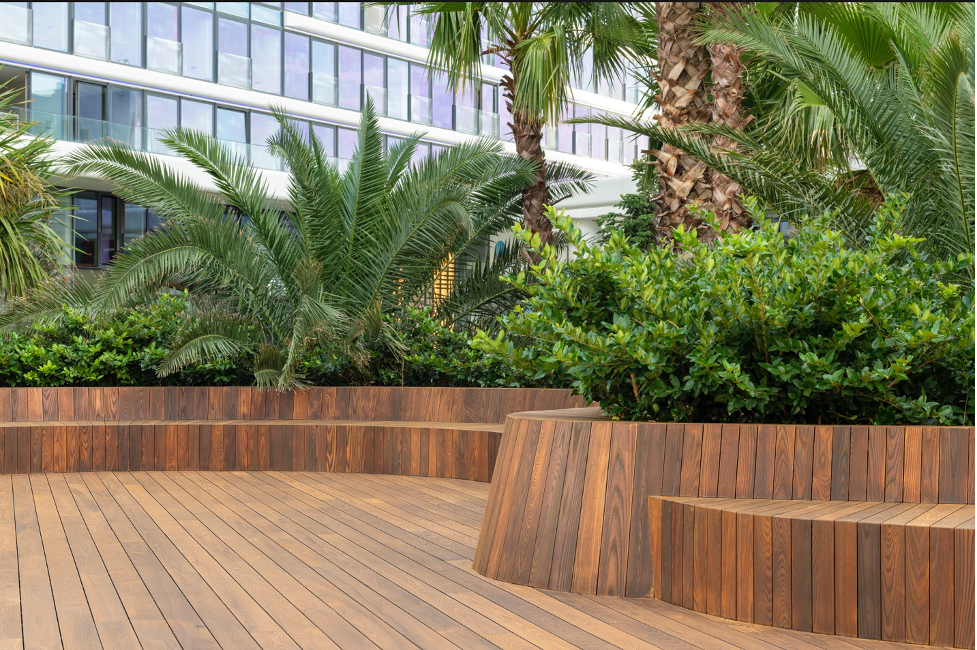09-17-2025

Learning Objectives
Comments
Great content
Luzgood
Yingyingnice
RobAwesome info
Shyamalgood information but you could tell she was new
ElaineGreat
Ramona VeneraGood resource
VanessaI really enjoyed this coarse and look forward to using what I've learned.
Elizabethlots of info
FrancescoGood
JDThis Course is very informative and very good explained.
RubenGreat product/ nice presentation
GalenGreat presentation
OttoThanks for introducing this product and information.
Alankargreat course
BRANKOVery Comprehensive
Michaelgreat coursde
Nickgreat presentation
CherylVery informative presentation
JanGood
LanVery informative !
Sarahgreat
MengGreat!
ElenaGreat
AhmedPretty good
SelenaLiked the level of detail in this was high-level, but gave enough detail
Madisongood detailed information.
RohitVery informative and good to learn the latest development of this method of modifying wood.
RaoulGood presentation and information.
AntonioVery Intersting
Mohamedgood course
Jamesgood
ChrisGood and informative course. Summarized everything very well
MOHITvery informative. I learn a lot
KimGood content. Clearly presented. Fair test.
DanielVery informative. Thank you!
Keithbeautiful products ,,, will look into specing more
AlbertoGain knowledge of modified wood
Jou Jougreat product
JillThis was an excellent presentation.
MichaelAmazing Course
KHAJEHGood course
GangBeautiful product and great explanation of material options & installation.
Elizabethgood
JohnA really beautiful and sustainable material.
Davidthank you for offering course
nicholasThermally Modified Wood: For the Love of Wood
FREE
Credits: 1 AIA HSW + 1 GBCI (USGBC/CAGBC) + 1 AIBD Primary + 1 Sustainable Design + 1 AIBC Core LU + 1 AAA Structured LU + 1 OAA, OAQ, SAA, MAA, AAPEI, NWTAA
Length: 1 hour
You must be logged in to take a course. Please login or create an account here
Login OR Create an account ShareSponsored by


Thermally Modified Wood: For the Love of Wood
FREE
Credits: 1 AIA HSW + 1 GBCI (USGBC/CAGBC) + 1 AIBD Primary + 1 Sustainable Design + 1 AIBC Core LU + 1 AAA Structured LU + 1 OAA, OAQ, SAA, MAA, AAPEI, NWTAA
Length: 1 hour
You must be logged in to take a course. Please login or create an account here
Login OR Create an accountSponsored by

Learning Objectives
Comments
Great content
Luzgood
Yingyingnice
RobAwesome info
Shyamalgood information but you could tell she was new
ElaineGreat
Ramona VeneraGood resource
VanessaI really enjoyed this coarse and look forward to using what I've learned.
Elizabethlots of info
FrancescoGood
JDThis Course is very informative and very good explained.
RubenGreat product/ nice presentation
GalenGreat presentation
OttoThanks for introducing this product and information.
Alankargreat course
BRANKOVery Comprehensive
Michaelgreat coursde
Nickgreat presentation
CherylVery informative presentation
JanGood
LanVery informative !
Sarahgreat
MengGreat!
ElenaGreat
AhmedPretty good
SelenaLiked the level of detail in this was high-level, but gave enough detail
Madisongood detailed information.
RohitVery informative and good to learn the latest development of this method of modifying wood.
RaoulGood presentation and information.
AntonioVery Intersting
Mohamedgood course
Jamesgood
ChrisGood and informative course. Summarized everything very well
MOHITvery informative. I learn a lot
KimGood content. Clearly presented. Fair test.
DanielVery informative. Thank you!
Keithbeautiful products ,,, will look into specing more
AlbertoGain knowledge of modified wood
Jou Jougreat product
JillThis was an excellent presentation.
MichaelAmazing Course
KHAJEHGood course
GangBeautiful product and great explanation of material options & installation.
Elizabethgood
JohnA really beautiful and sustainable material.
Davidthank you for offering course
nicholas
Featured
On-Demand Course
Download our App!


Upcoming Events
-

-

-
 Hospitality Building Solutions - Central
Hospitality Building Solutions - Central11-18-2025
-

